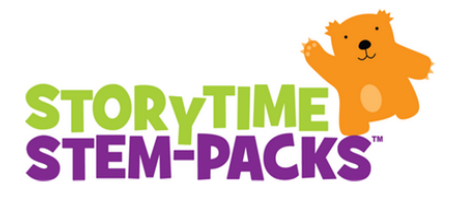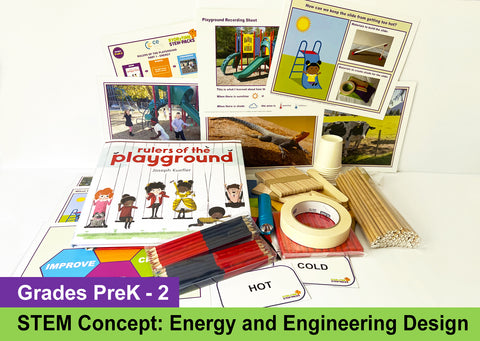Are your students having trouble with “basic facts”? After months of practicing facts, do you still witness them using a count all strategy to find a sum or product? Are you having trouble helping your students develop grade-level fluency standards? If so, this initial blog post from the Allegheny Intermediate Unit’s Math & Science Collaborative might help. There are a number of proven strategies for developing fluency with arithmetic operations. One of these strategies is gameplay! Yes, you read that correctly. Playing games can actually help students develop fluency with mathematical operations.
Many of us know that it is important for students to have access to basic arithmetic facts in order to make progress towards higher-level mathematics. We have heard the teachers from other grade levels tell us, “I had to re-teach them the basic facts before we could do the math that is on grade level.” We may have even read or heard about fact fluency as an important part of our standards. However, we are often frustrated that the techniques we might use to get students to “learn their facts” are not all that successful.
What research says:
The first thing to be aware of when thinking about students’ acquisition of basic facts is that fluency is not exactly the same as having facts memorized. Although it may look the same to someone observing a child, there may be a different process occurring in the brain of a child possessing fluency than in the brain of a child who has recall of a fact based on memorization. According to the National Research Council (2001), fluency involves more than just accurate recollection. Instead, fluency involves accuracy, efficiency, flexibility, and appropriateness of the application of the fact. With this in mind, it might make a little more sense to you that flashcards and timed tests are not that effective for allowing students to develop most of the components of fluency. Instead, students need experience with activities and tasks that allow for the development of conceptual understanding of fact strategies (NCTM, 2014). Carpenter et al (1989) and Chapin and Johnson (2006) inform us that by encouraging student-developed or student-derived strategies, students can use what they know about number combinations (e.g., doubles) to make connections and develop new facts with understanding.
Why are games important?
That is where game playing comes in. Games allow students opportunities to develop their own strategies for solving number problems; more opportunities to play the same game allows for more and different strategies to develop as students gain familiarity with the way the game is played. Within one game, there are many and varied opportunities for learning. Below are some possible places to start with game playing for your students.
Alignment to Standards:
At the primary grades, many games can help students work towards and attain the Counting and Cardinality standards in K, as well as the Operations and Algebraic Thinking and Number and Operations in Base Ten standards in K-2. For example, the games for Kindergarten below help with K.CC.2, K.OA.1, K.OA.2, K.OA.3, and K.OA.4. The first grade games below help with 1.OA.6, 1.OA.8, 1.NBT.2, and 1.NBT.4. The second grade games below help with 2.NBT.1, 2.NBT.3, 2.NBT.4, and 2.NBT.8.
Kindergarten:
Racing Counters:
Racing Counters is a printable primary grades game that can help students acquire fact combinations to ten. For directions and template, click here.
Ten Frame: 
Ten Frame is an online, interactive primary game that supports visualization of numbers up to 10 in a ten frame. To learn more, click here.
First grade:
Mystery Bag Subtraction:
Mystery Bag Subtraction can easily be played with commonly available materials and supports students in determining the change unknown amount in subtraction situations. For directions and recording sheet, click here.
Adding within 100:
Adding within 100 is an online, interactive game connected to the Investigations program, but is available for all to use. For directions and access to the game, click here.
Second grade:
Shake, Rattle, and Roll:
Shake, rattle, and roll is a printable game which helps children learn about adding and subtracting ten and one hundred. For directions and resources, click here.
Base Ten Bingo:
The last of the primary games for this blog post is an interactive game where students model three digit numbers with base ten blocks. For directions and access to the game, click here.
Third Grade:
Build a Hexagon:
Build a Hexagon helps children connect the numeric representations of fractions to a visual model of that fraction. For directions and a game board, click here.
Close to 100:
Close to 100 is an online game version of a game that can be played offline as well. For directions and access to the game, click here.
Fourth Grade:
Roll Out Fractions:
The Roll Out Fractions Game (Ortiz, 2006) helps students compare fractions using a variety of strategies. For directions and resources, click here.
Close to 1000:
Close to 1000 is an online game version of a game that can be played offline as well. It is very similar to the Close to 100 game listed as a third grade game in this blog post. For directions and access to the game, click here.
Fifth Grade:
Add It Up:
Add It Up is a game adapted from the book, Beyond Invert and Multiply: Making Sense of Fraction Computation (McNamara, 2015). Version 2 of this game is appropriate for use in grade 5. For directions and materials, click here.
Close to 1:
Continuing in the vein of the “Close to” games, in grade 5, the game Close to 1 can be played online (or offline). For directions and access to the online game, click here.
Conclusion
Of course, these are not the only games that can help primary students develop fluency with addition and subtraction. However, before expanding your repertoire of games, try playing a few with your children/students a number of different times. Observe the children while they are playing to gain formative feedback about their proficiency with not only the game but also with the standards the game helps children develop. Once students know how to play a number of games, you might consider allowing play to occur at stations during class. Eventually, as students build fluency, you can add another game or two and “retire” some of the older games from your rotation.
Lastly, games are not the only strategy for helping students develop required fluencies. Tune in to future blog posts for more ideas about other strategies.








